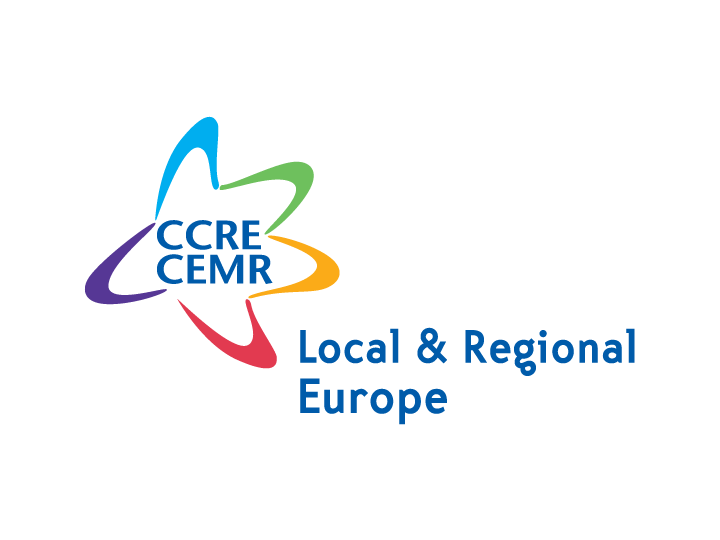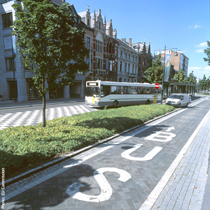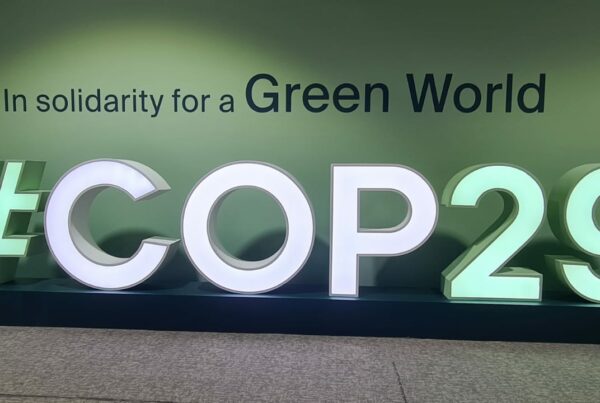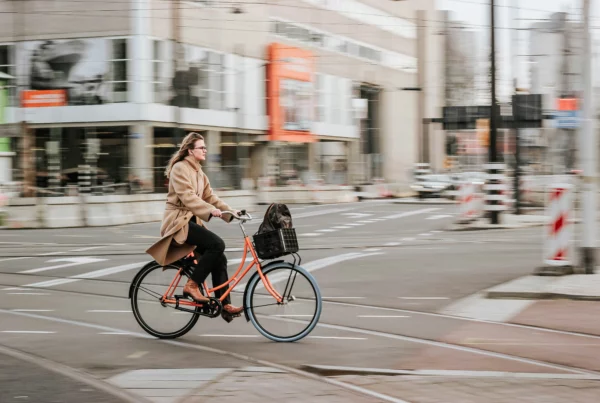Consultation on the Green Paper on urban mobility: CEMR calls for better coordination and more support
CEMR also calls on to better coordinate policies and actions taken among the local, regional and national levels. National governments and the EU should support and encourage this coordination, in particular by providing flexible and financial support dedicated to urban transport projects. These policies and actions must be coordinated with other policy sectors such as land use, urban planning, transport, economic and social affairs.
rn

Climate, Sustainable Finance Officer






